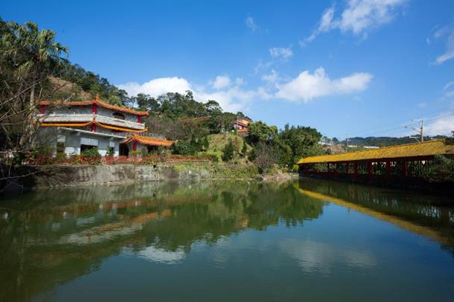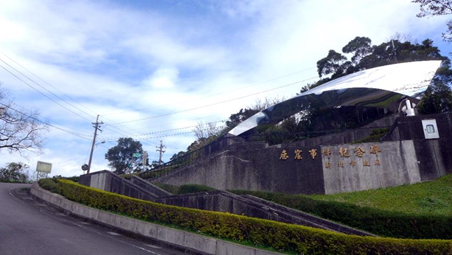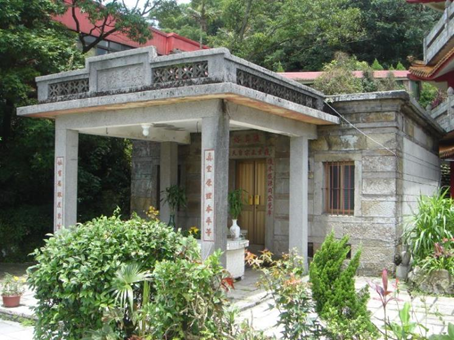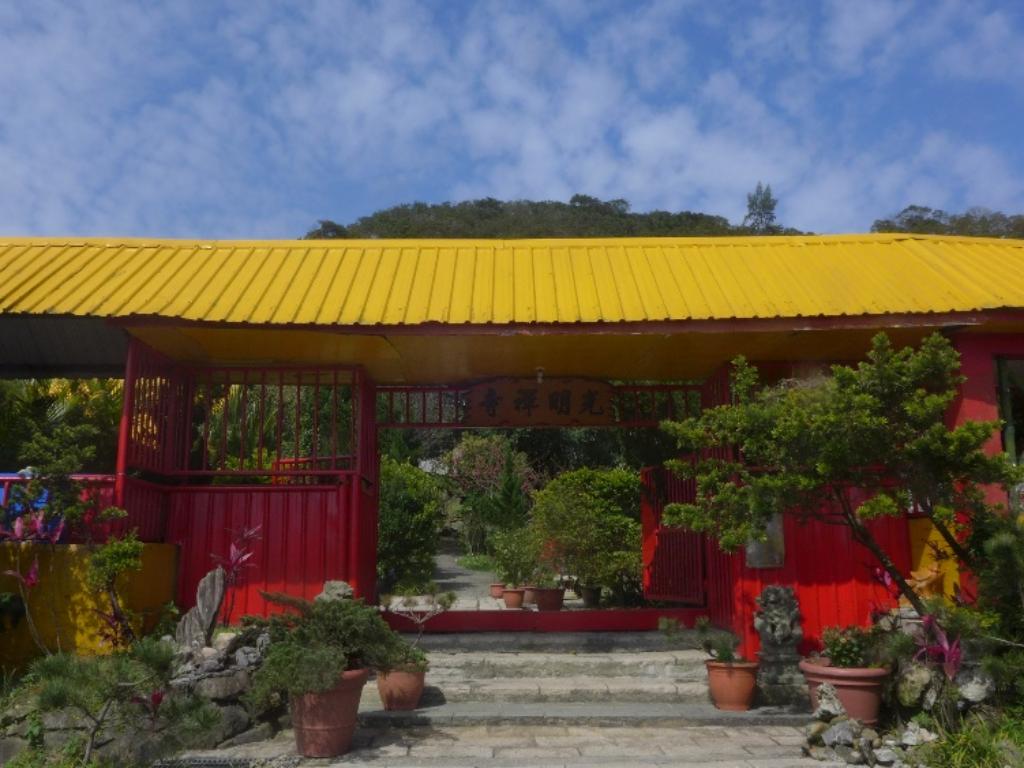Luku Temple
Luku Temple
From the Japanese-era “Chaoyin Preaching Station” that advocated Buddhism, to the postwar Luku Temple where villagers were imprisoned
Luku Temple, also known as Chaoyin Preaching Station, was built in 1913 during the period of Japanese rule in Luku Village in Xizhi, on today’s No. 17, Luku Lane, Section 2, Dingnan Road, Shiding District, New Taipei City (on the border of Xizhi, Shiding and Nangang). The wooden temple houses a statue of Siddhārtha Gautama. When the “Luku Incident” broke out on December 29, 1952, the Taipei Garrison Command, the Taiwan Provincial Security Command, the Secrets Bureau and the Taipei County Police Department, under the command of Ku Cheng-wen, director of the Intelligence Division of the Investigation Bureau, surrounded the mountain areas of Luku Village and searched every household. Luku Temple was used as a temporary joint command center and interrogatory prison. Arrested villagers were sent to the temple for imprisonment, and were tortured to give forced confessions. The “Luku Incident” had the highest number of unjust convictions during the White Terror period.

▲ The pond in front of Luku Temple. (Source: Xizhi District Office)
A wailing village: the Luku Incident
The Luku Incident was also called the Luku Base Case. On November 25, 1952, the Secrets Bureau of the Ministry of National Defense Bureau broke the “Taipei City Committee Electricians’ Branch Case,” and later discovered in branch secretary Wen Wanjin’s home a book with cadre names of the Taiwan Civil Armed Defense Squad, as well as notes of Wen’s training at the guerrilla base in Shiding. The next day, December 26, Wang Zhi was arrested; using the map of Luku Base which Wang provided during interrogation, a troop of 3,800 to over 10,000 people was gradually dispatched starting from the night of December 28 to surround the mountain areas of Luku Village and began arresting the villagers. On December 29, the troops engaged in battle with the inexperienced Defense Squad. The army only gradually withdrew after January 19, 1953, until March 3, 1953, when the military and police ended their encirclement of Luku Village completely. Up to 896 villagers from Shiding, Ruifang and Xizhi were arrested and interrogated at the time, and all were sent to Luku Temple for imprisonment, cruel torture, and forced confessions. Thirty-five people were executed by shooting; more than 200 were convicted and in groups sent to the Secrets Bureau, the Higashi Hongan-ji (Eastern Hongan Buddhist Temple) and the Takasago Iron Foundry for confinement or reformatory education.

▲ Memorial monument of the Luku Incident. (Source: National Human Rights Museum)
Luku Village was renamed as Guangming Village after the Luku Incident, and Luku Temple changed name to Guangming Chan Temple. On December 29, 2000, the Taipei County Government built the “Luku Incident Memorial Park,” along with a “Luku Incident Memorial” near Guangming Chan Temple (at today’s intersection of Section 2, Jiuzhuang Street, Nangang District, Taipei City and Section 2, Dingnan Road, Shiding District, New Taipei City). On October 20, 2017, the Control Yuan published a report on the Luku Incident for the first time, expressing the hope that the biggest political incident of the 1950s can obtain redress and compensation.
Luku Temple has been expanded into a one-story house made of reinforced concrete. Most of the wooden structure that was used for imprisoning the villagers no longer exists. Only a small stone house behind the pond, which the military and police used to jail the victims, remains today.

▲ The original Luku Temple no longer exists, only the space used to imprison the Luku villagers remains. (Source: luckyroger@flickr, CC BY-NC-SA 2.0)
基本資訊
關鍵詞
0則留言
本網站使用Cookies收集資料用於量化統計與分析,以進行服務品質之改善。請點選"接受",若未做任何選擇,或將本視窗關閉,本站預設選擇拒絕。進一步Cookies資料之處理,請參閱本站之隱私權宣告。



